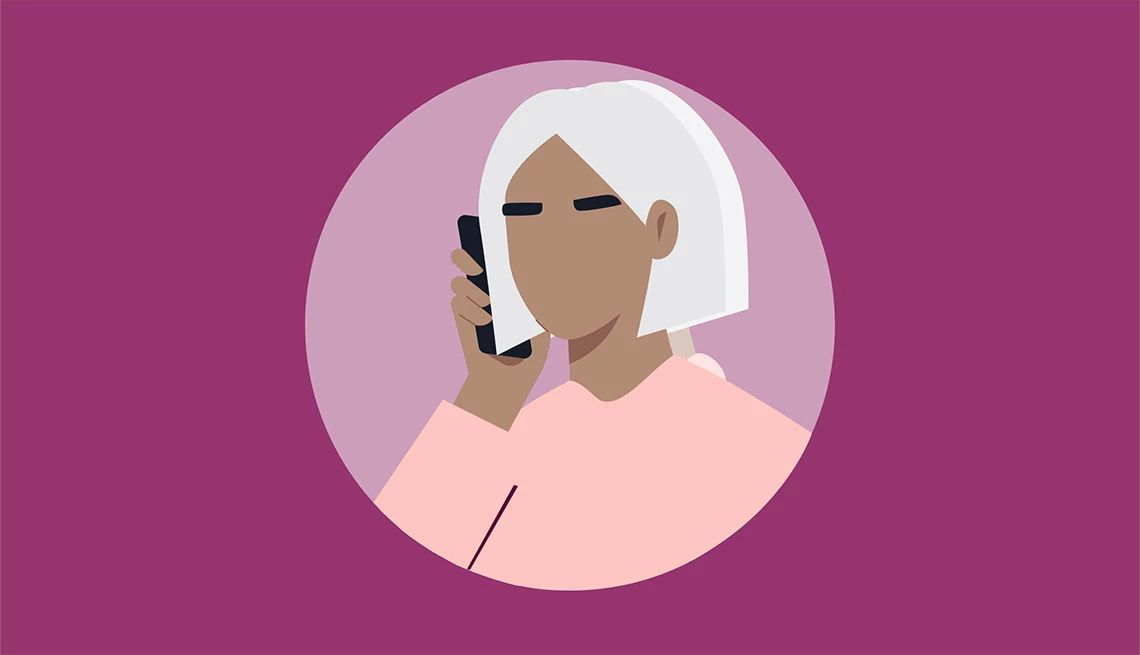AARP Hearing Center


When the diagnosis came in, Jennifer Randolph was mad.
The then 58-year-old self-described “Peloton junkie” was physically active and did not smoke, nor did she have a history with the habit, aside from experimenting with a cigarette or two in her teenage years. “I have done everything right,” she recalls thinking.


AARP Membership— $12 for your first year when you sign up for Automatic Renewal
Get instant access to members-only products and hundreds of discounts, a free second membership, and a subscription to AARP the Magazine.
Lung cancer, the deadliest of all cancers, was never on her radar. But that’s exactly what she had. “I was like, Oh no. This is not happening.”
In the United States, 10 to 20 percent of lung cancers — about 20,000 to 40,000 a year — occur in people who never smoked or smoked fewer than 100 cigarettes in their lifetime, according to the Centers for Disease Control and Prevention (CDC). And research suggests the share may be increasing, especially among women.
Discovering the disease in nonsmokers can be tricky, since current guidelines only recommend lung cancer screenings for adults ages 50 to 80 who are current smokers or have a heavy smoking history. That’s why it’s important to pay attention to any warning signs, says Juliana Eng, M.D., an oncologist at Memorial Sloan Kettering Cancer Center in New York.
Here’s what you need to know about the symptoms of lung cancer.
The signs of lung cancer can be easy to overlook
One of “the biggest problems” with lung cancer is that the disease is often asymptomatic in its early stages when it’s easiest to treat, says John Lazar, M.D., a thoracic surgeon at MedStar Washington Hospital Center in Washington, D.C. Usually by the time symptoms arise, the cancer is more advanced and may have even spread to other areas of the body. However, some people can experience symptoms earlier.
Among the most common are cough, chest pain and shortness of breath, Eng says. Fatigue, wheezing and unexplained weight loss are a few others.
The hard part: These symptoms can signal a wide range of health problems. Chest pain, for example, is commonly associated with cardiac issues. A cough could point to a respiratory bug.


































































